The ultimate white wine guide: Mastering pairing, storing and serving
Discover the world of white wine with this comprehensive guide, exploring everything from how it’s made to the best food pairings, storage tips and serving techniques
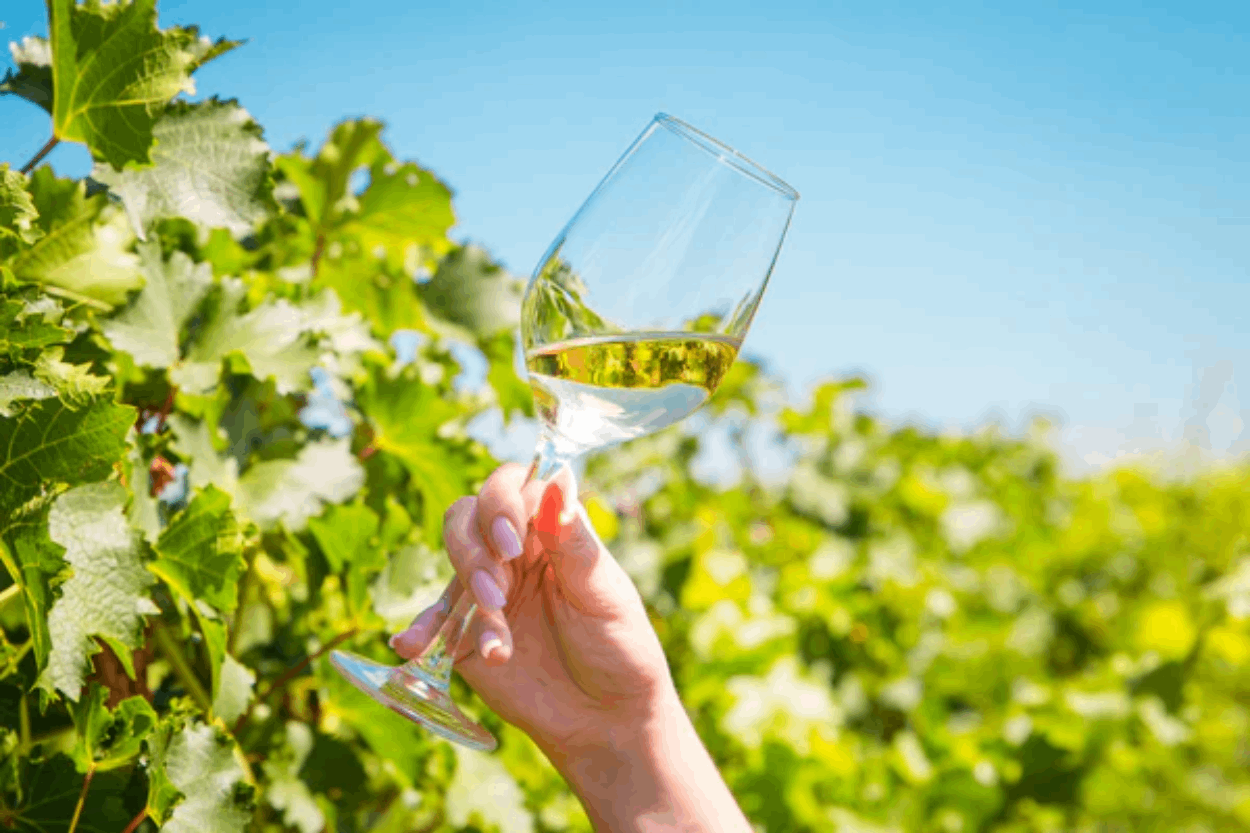
Whether you’re a seasoned connoisseur or just beginning your journey into the world of wine, understanding the nuances of white wine can enhance your appreciation and elevate your drinking experience. This guide is here to help you master the essentials of white wine, from how it’s made to how to store, serve and pair it with food.
What exactly is white wine?

In its simplest form, white wine is the result of fermenting the juice of white or green grapes, with the skins removed before fermentation begins. This process gives white wine its characteristic light colour and delicate flavour profile. Unlike red wine, which gets its deep hue from prolonged skin contact during fermentation, white wine is all about purity and clarity.
And, once you’ve consulted our handy guide, elevate your wine game even more with 25% off your next purchase. Use code INDYWHITE at checkout with The Independent’s wine partner, Perfect Cellar, and sip your way to savings.
How is white wine made?
The journey from grape to glass involves several key steps:
Harvesting: grapes are picked at peak ripeness, either by hand or machine, depending on the vineyard’s preference and location.
Pressing: unlike red wine, where the skins are left on, white wine grapes are pressed immediately after harvest. This minimises skin contact, producing a lighter wine with delicate flavours.
Fermentation: the grape juice undergoes fermentation in stainless steel tanks or oak barrels. Yeast is added to convert the sugars in the juice into alcohol.
Temperature control: maintaining cool temperatures during fermentation helps preserve the wine’s aroma and freshness. For some white wines, like Chardonnay, a secondary fermentation may occur, adding a creamier texture.
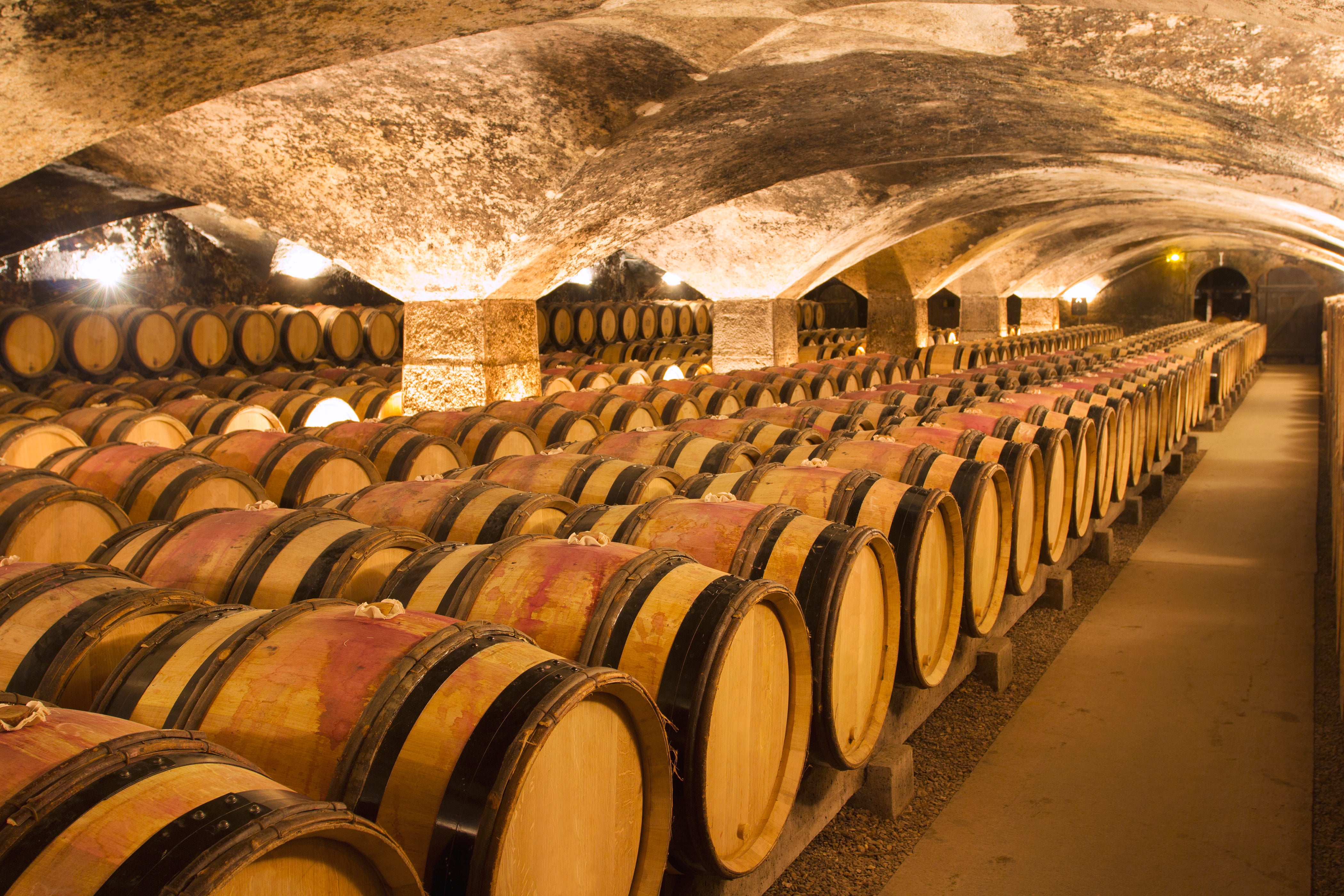
Ageing: many white wines are aged in oak barrels, which can impart additional flavours. Winemakers choose barrels based on the flavour profile they desire, with newer barrels providing more pronounced oak notes.
Famous white wine regions of the world
White wine is produced in many regions across the globe, each offering distinct styles and flavours:
Loire Valley, France: stretching along the Loire River, this region is known for its diverse array of white wines. From the steely acidity of Sancerre and Pouilly-Fumé to the sweet wines of Coteaux du Layon, there’s something for every palate.
Burgundy, France: renowned for its exquisite Chardonnay, Burgundy’s wines reflect the unique nuances of its diverse terroir. From the crisp minerality of Chablis to the rich opulence of Meursault, Burgundy’s whites are all about complexity and finesse.
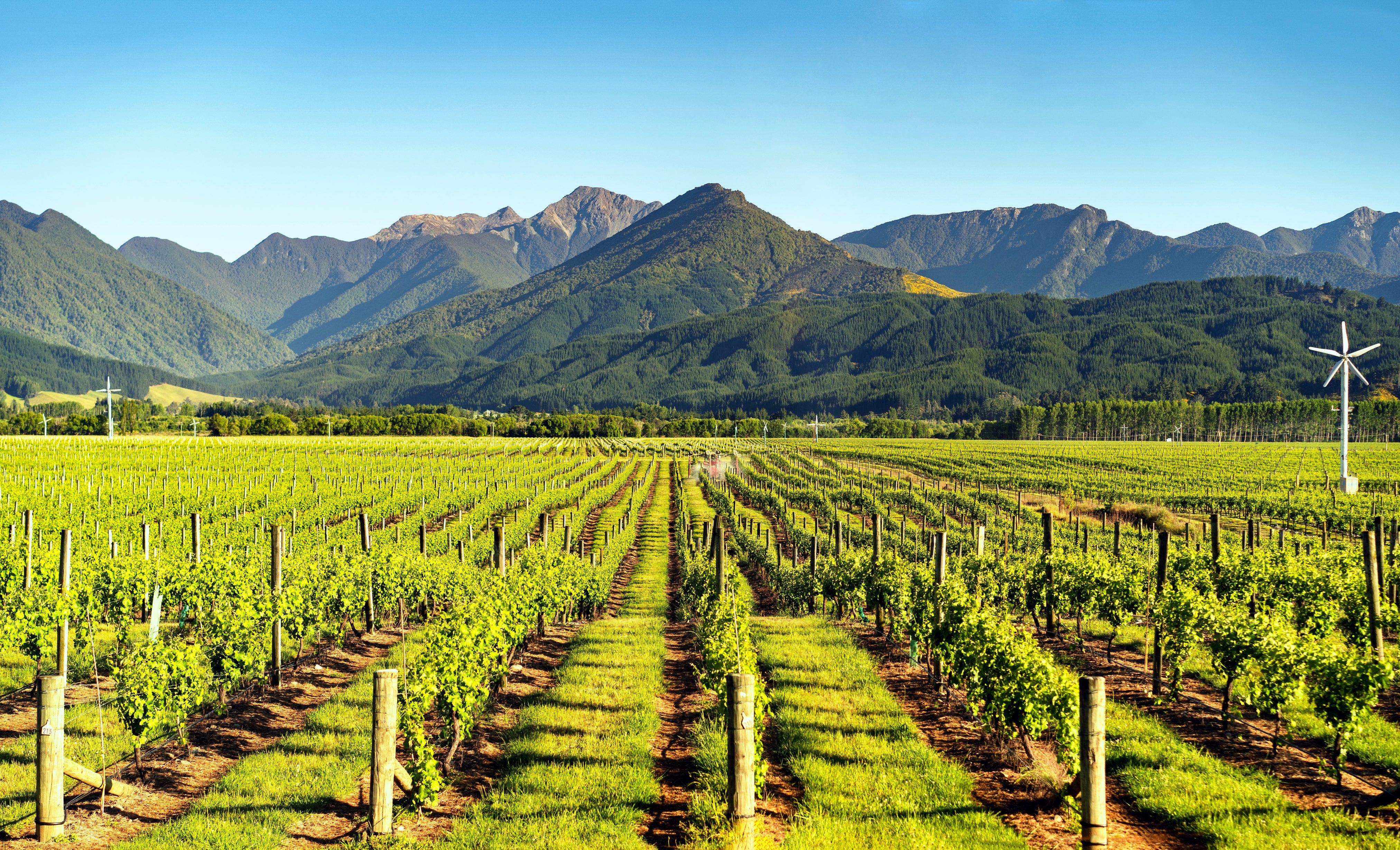
Marlborough, New Zealand: the world’s epicentre for Sauvignon Blanc, Marlborough produces bright, aromatic wines bursting with notes of gooseberry, passion fruit, and tropical fruits – a refreshing and food-friendly choice.
Western Cape, South Africa: shis region offers a diverse range of white wines, including Sauvignon Blanc, Chenin Blanc, and Chardonnay. South African Sauvignon Blanc is typically more tropical and herbal than its New Zealand counterpart, while Chenin Blanc can range from dry to sweet.
Pfalz, Germany: Germany’s Pfalz region is famous for its Riesling, which thrives in the cool climate. Riesling from this region spans a wide range of styles, from dry and mineral-driven to sweeter expressions. Pfalz also produces excellent Pinot Gris and Silvaner wines.
Perfect pairings: what to eat with white wine
Pairing white wine with food is all about balance. Here are some classic pairings to enhance your dining experience:
Fresh salads: crisp, vibrant white wines like Sauvignon Blanc or Grüner Veltliner are perfect for fresh salads with citrus vinaigrettes or tangy goat cheese.
Light seafood: delicate white fish like sole or cod, as well as shellfish such as prawns and scallops, pair beautifully with unoaked white wines like Chablis or Picpoul.
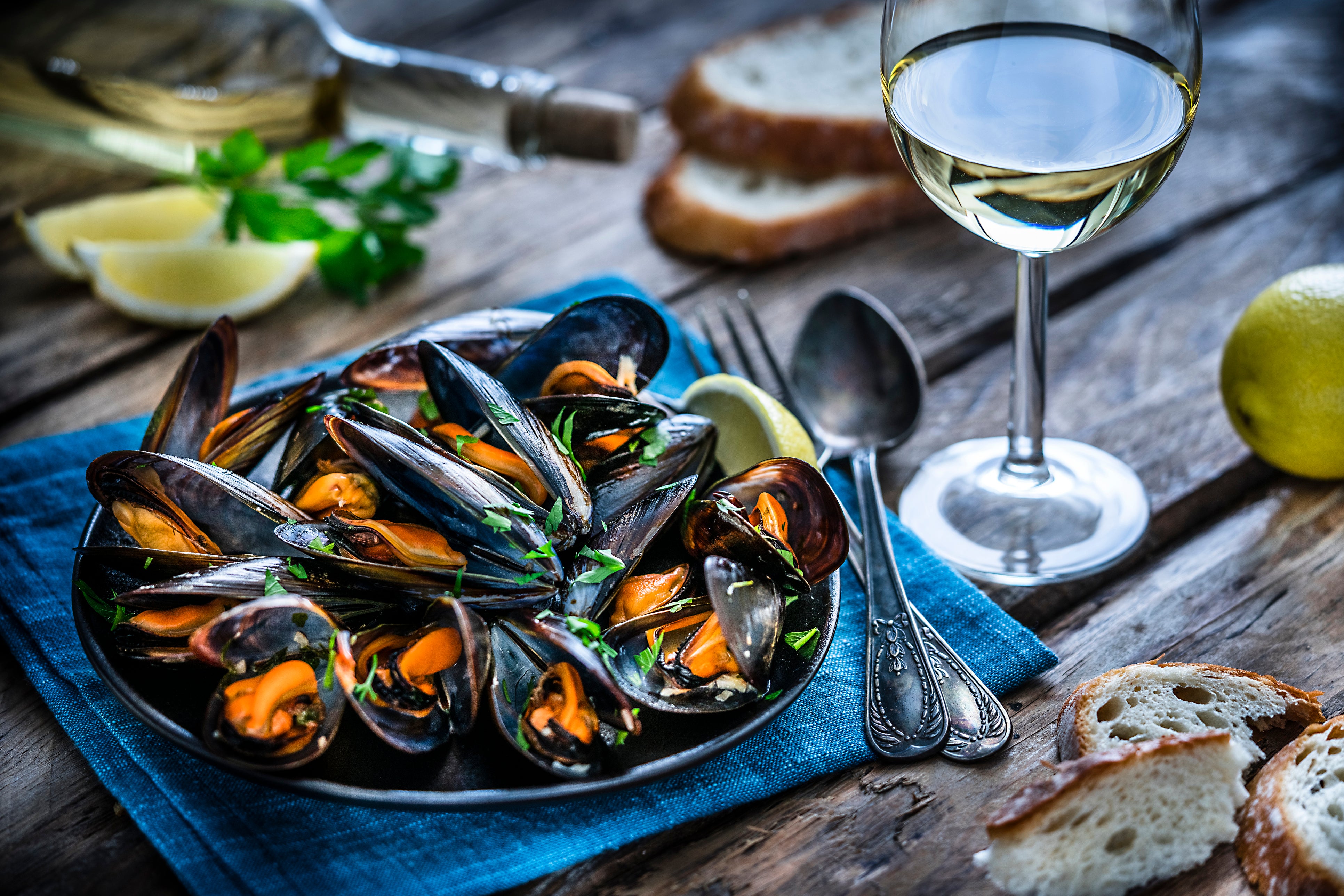
Creamy pasta: rich, creamy pasta dishes find harmony with fuller-bodied white wines like Chardonnay or Viognier, which complement the dish’s creaminess.
Grilled fish: grilled fish dishes, whether salmon, trout or halibut, shine alongside crisp, aromatic white wines like Sauvignon Blanc or Albariño, whose acidity cuts through the fish’s natural oils.
Shellfish: from buttery lobster to briny oysters, shellfish dishes find their perfect match in minerally white wines like Chablis or Sancerre, enhancing the seafood’s natural sweetness. Riesling also pairs wonderfully with crab and shrimp.
Sushi and sashimi: the delicate flavours of sushi and sashimi call for equally delicate white wines like Pinot Grigio or Grüner Veltliner, whose subtle fruitiness and crisp acidity complement the clean, umami-rich flavours of raw fish.
Roast chicken: whether it’s a classic roast chicken or a crispy-skinned rotisserie bird, Chardonnay is the go-to choice. Its richness enhances the savoury flavours of the chicken, while its acidity cuts through any fatty richness.
Chicken piccata: the tangy, lemony flavours of chicken piccata are beautifully complemented by crisp, citrus-driven white wines like Sauvignon Blanc or Pinot Grigio.
Chicken alfredo: the creamy richness of chicken Alfredo calls for a white wine with enough acidity to balance the sauce’s richness. Opt for a medium-bodied Chardonnay or Viognier, whose ripe fruit flavours and subtle oakiness enhance the dish’s creamy texture.
White wine cheat sheet: storing and serving tips
Proper storage and serving are key to enjoying white wine at its best.
Storing white wine
Temperature: store white wine in a cool, dark place, ideally between 7C to 18C, to prevent accelerated ageing and spoilage.
Humidity: maintain 50% to 70% relative humidity to keep corks intact and prevent air infiltration.
Light: protect your wine from direct sunlight and UV rays to avoid degradation and off-flavours.
Vibration: minimise exposure to vibrations to avoid disturbing sediment and affecting the wine’s ageing process.
Serving white wine
Crisp and light-bodied whites: serve wines like Sauvignon Blanc or Pinot Grigio chilled between 7C to 10C to preserve their refreshing acidity and fruitiness.
Medium to full-bodied whites: wines like Chardonnay or Viognier are best served slightly warmer, between 10C to 13C, to allow their complex aromas and textures to shine.
Sweet and dessert whites: serve well-chilled at 4C to 7C to balance their sweetness and acidity.
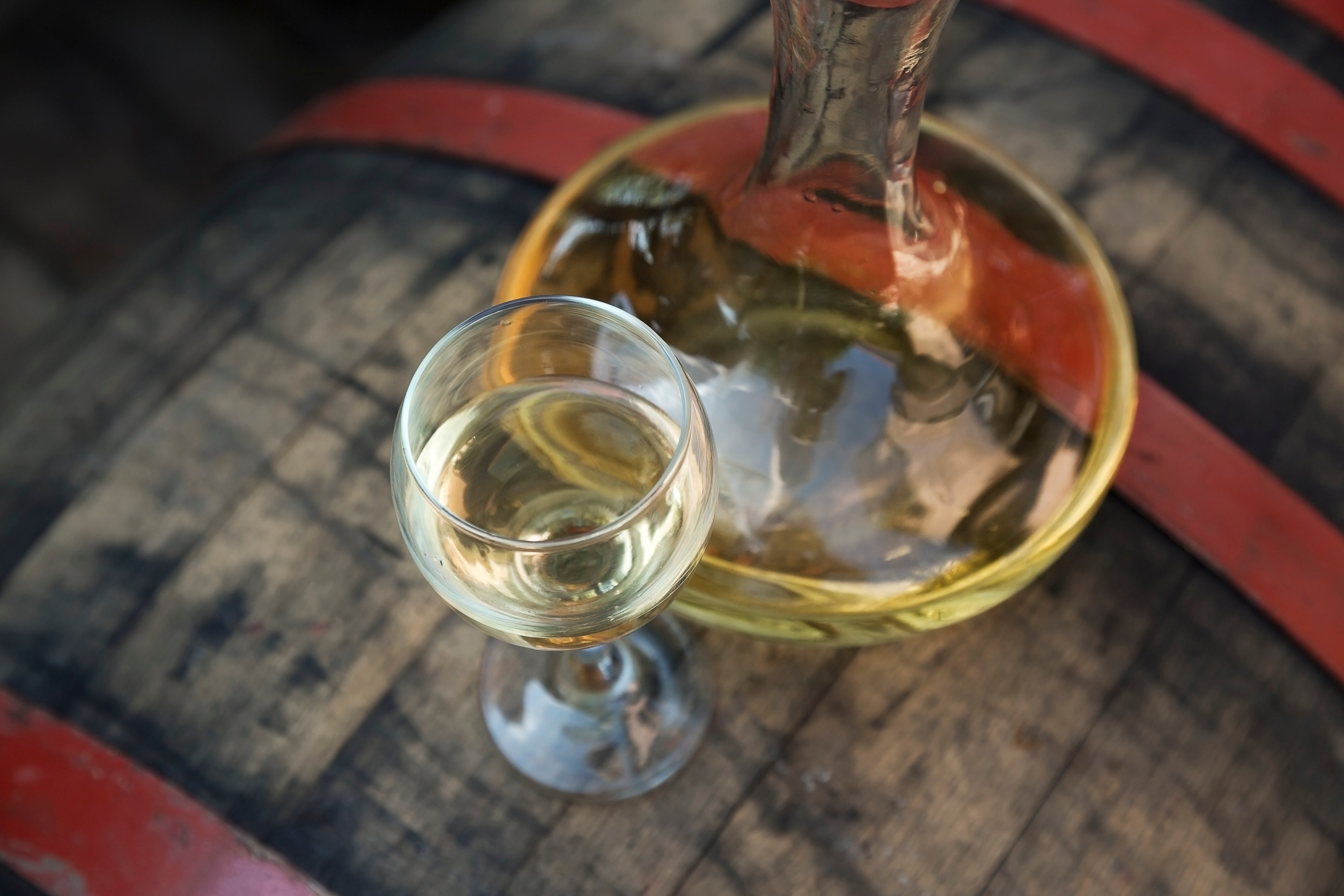
Decanting white wine
While decanting is more commonly associated with red wines, certain white wines can also benefit from aeration.
Young and full-bodied whites: white wines like oaked Chardonnay or aged white Bordeaux can be decanted to soften tannins and enhance flavours. Allow them to breathe for 15 to 30 minutes before serving.
Aged whites: vintage white wines with sediment may benefit from careful decanting to separate the solids and allow the wine to open up. Let the wine sit in the decanter for an hour or more before serving.
With this guide, you’re well on your way to mastering the art of white wine. Whether you’re pairing it with a meal, serving it at the perfect temperature, or simply enjoying a glass on its own, white wine offers endless possibilities for enjoyment. Cheers!



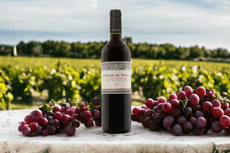
Bookmark popover
Removed from bookmarks